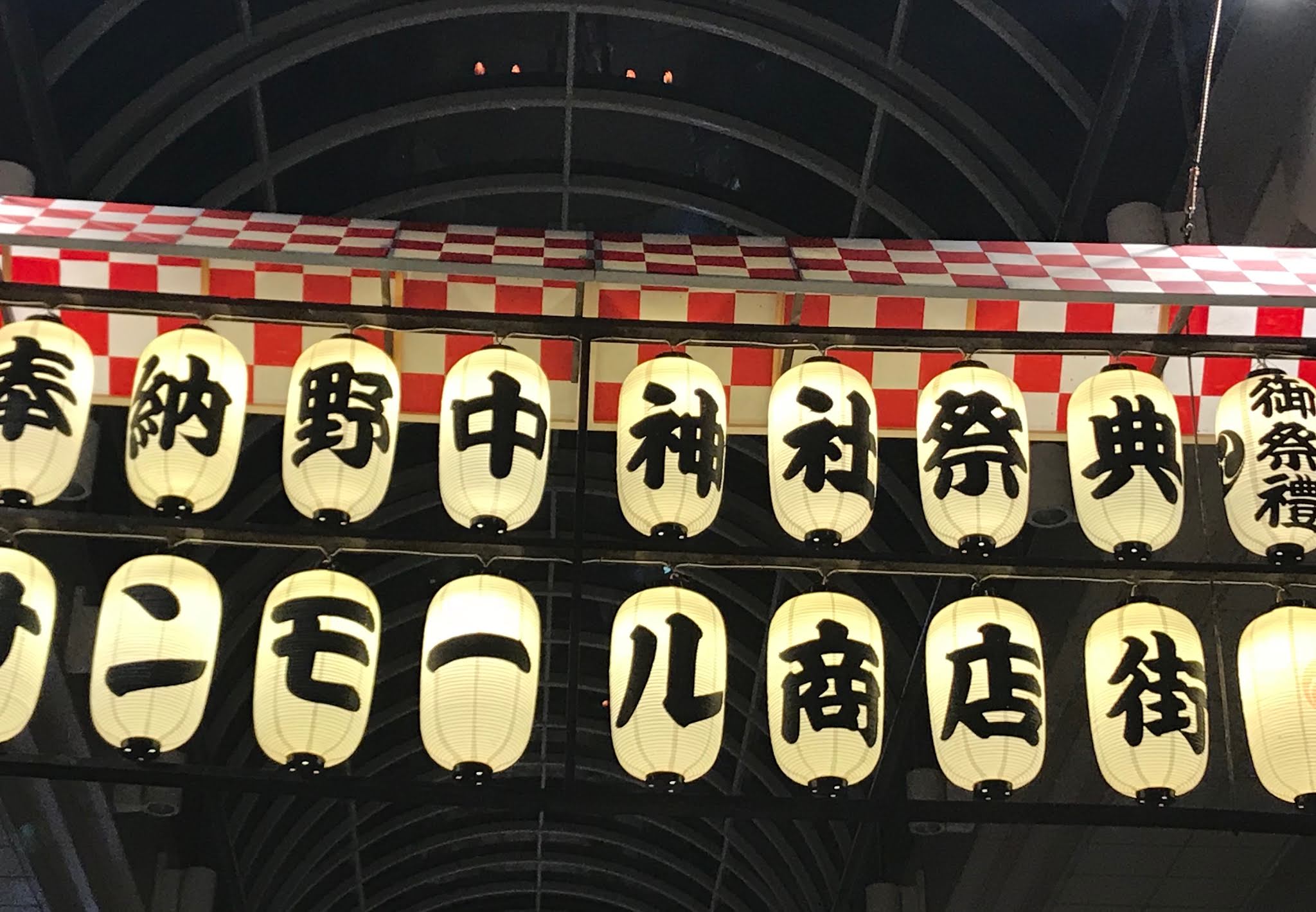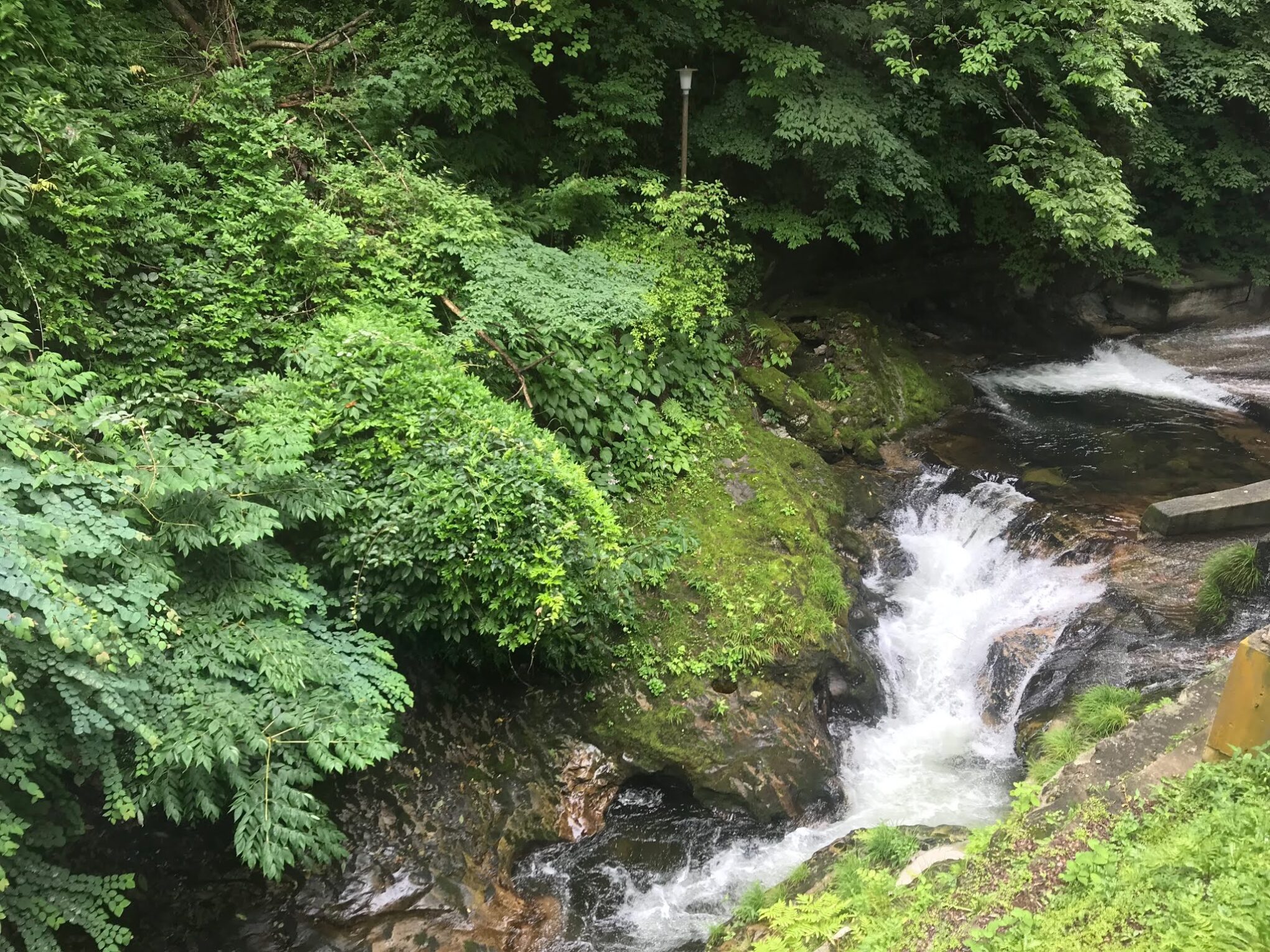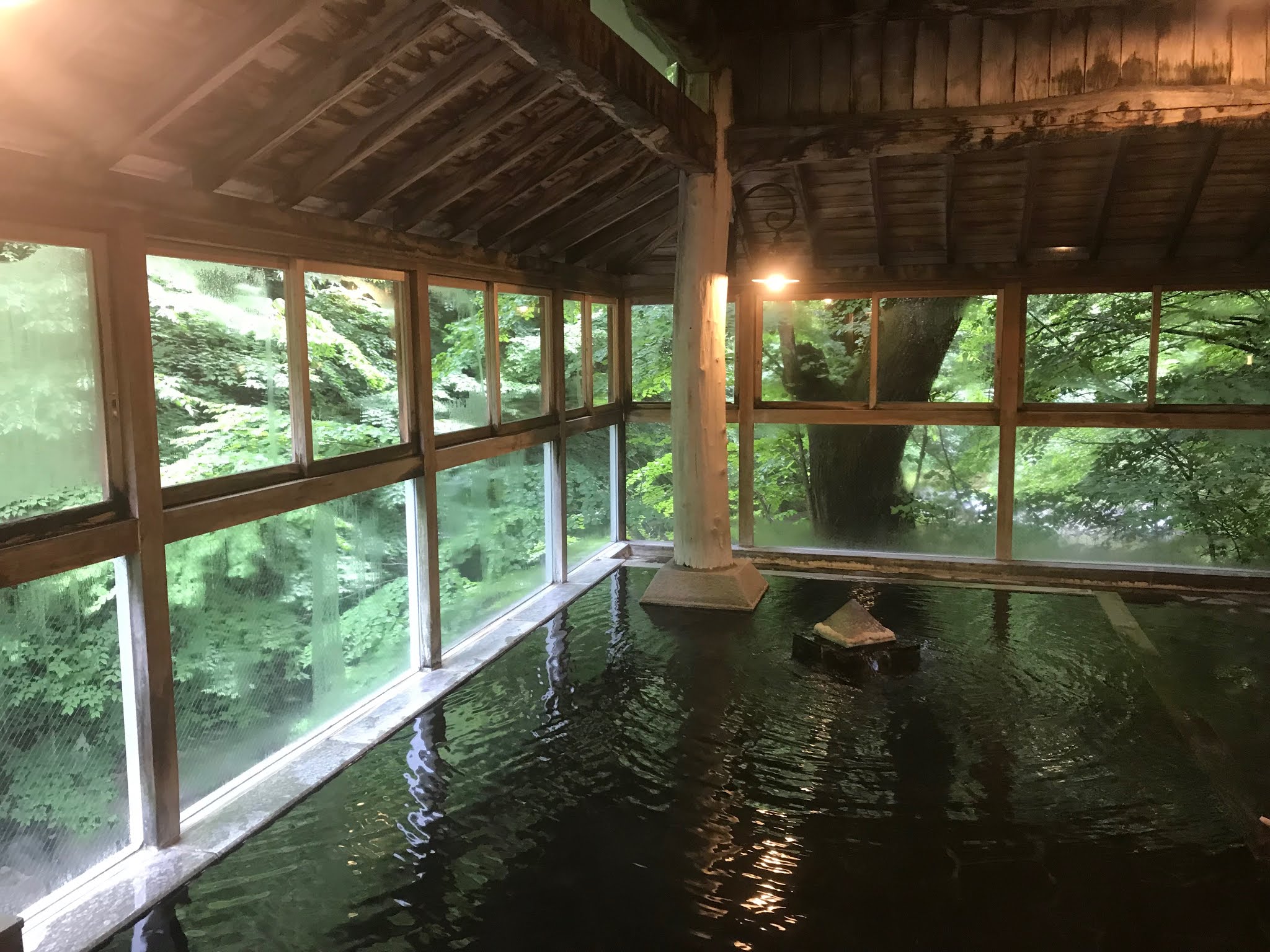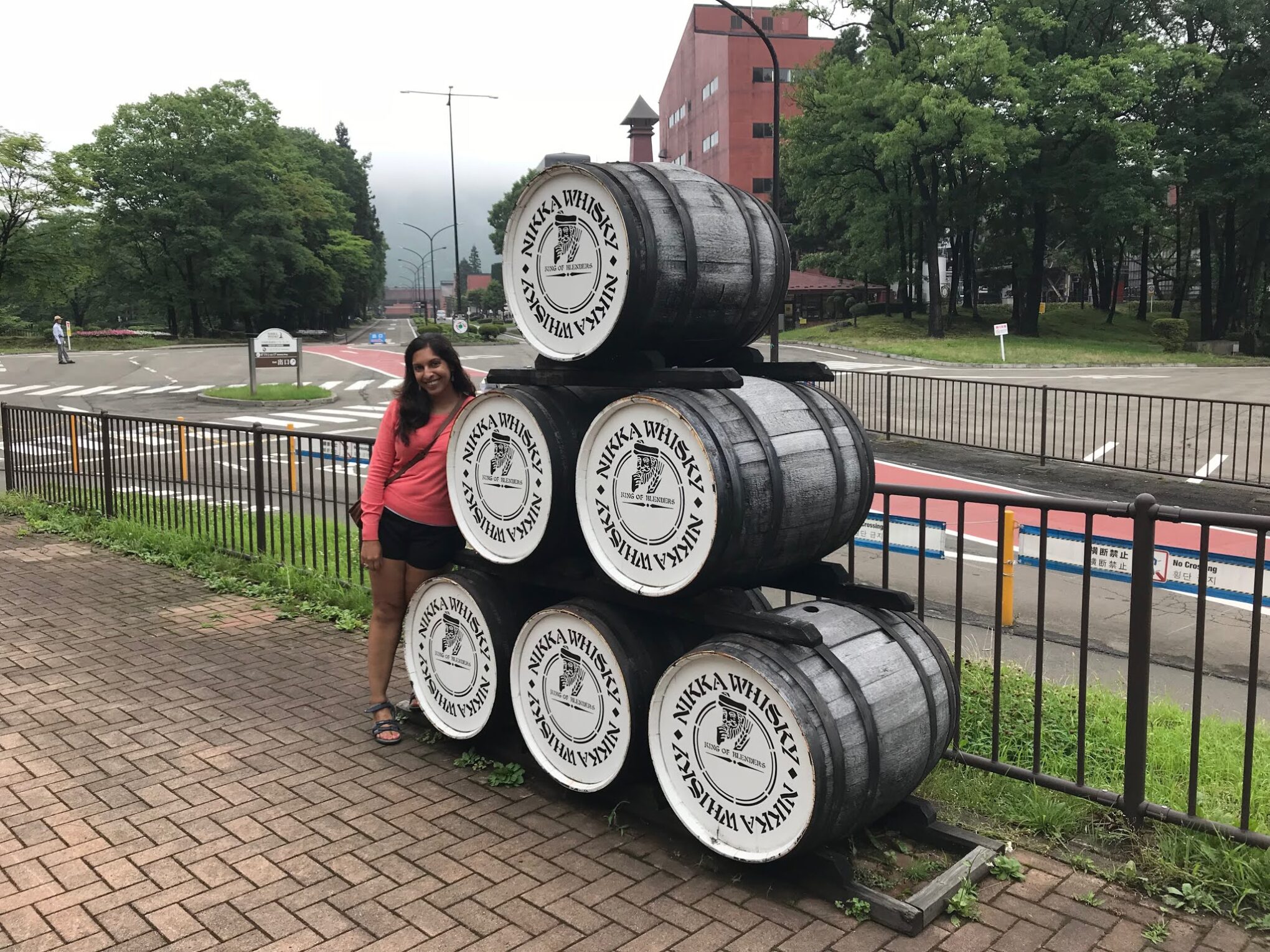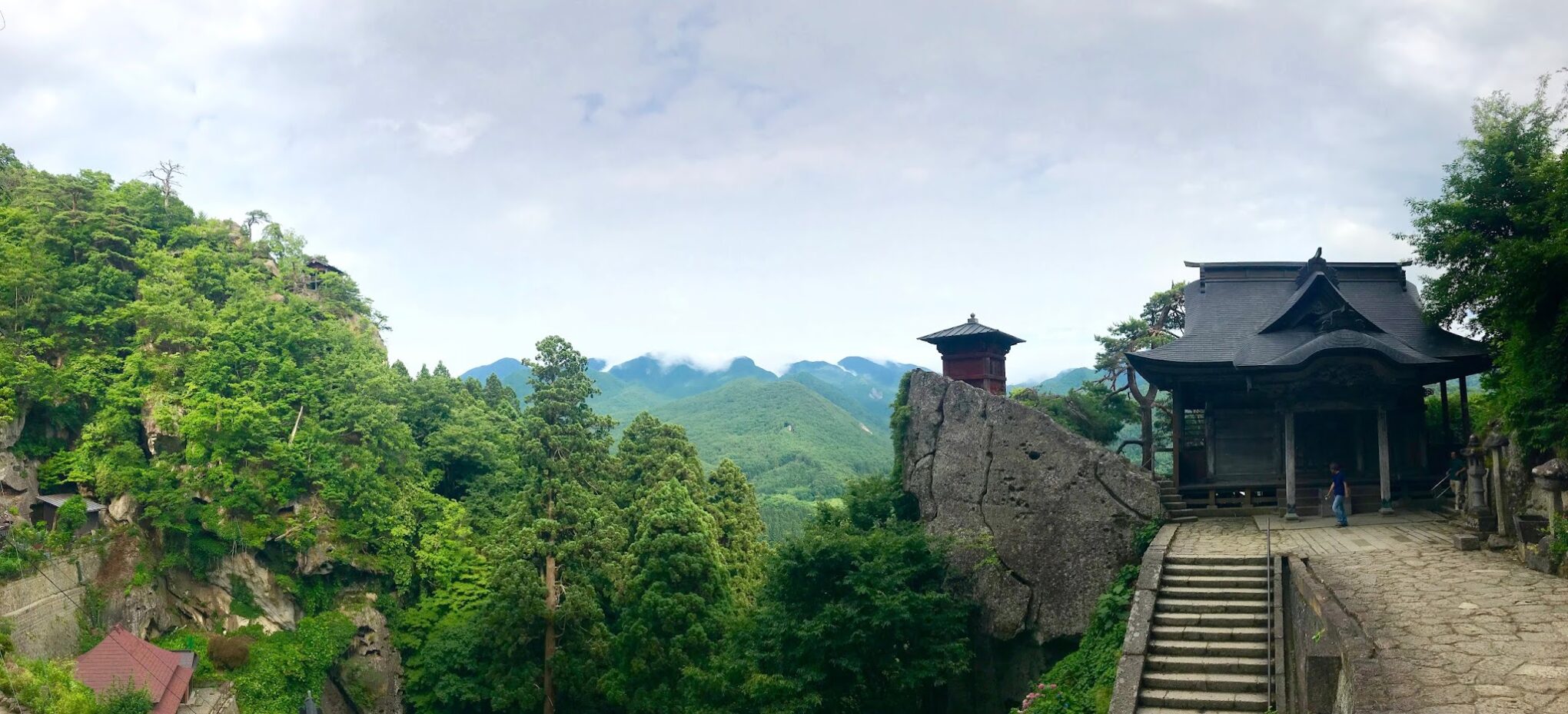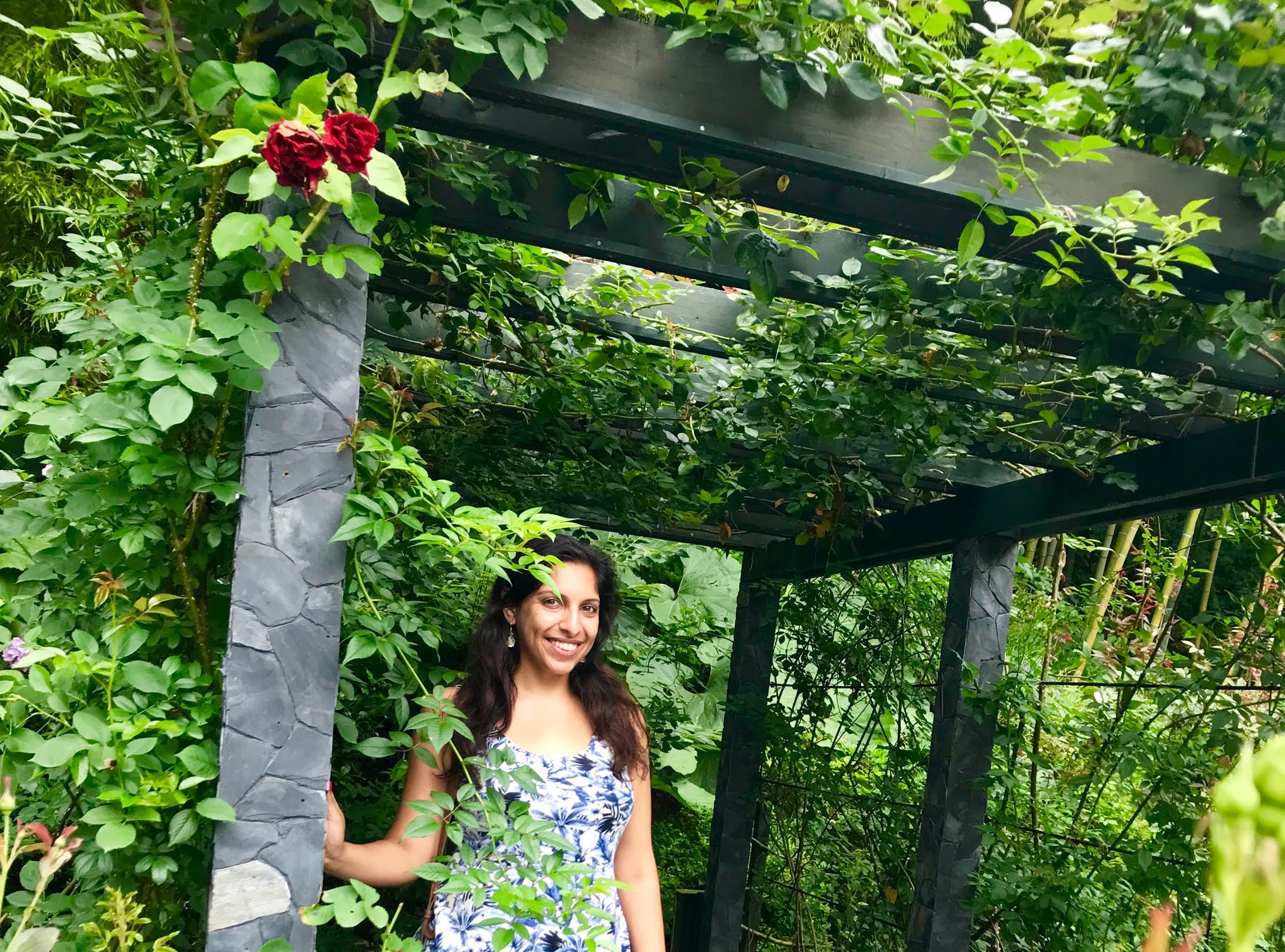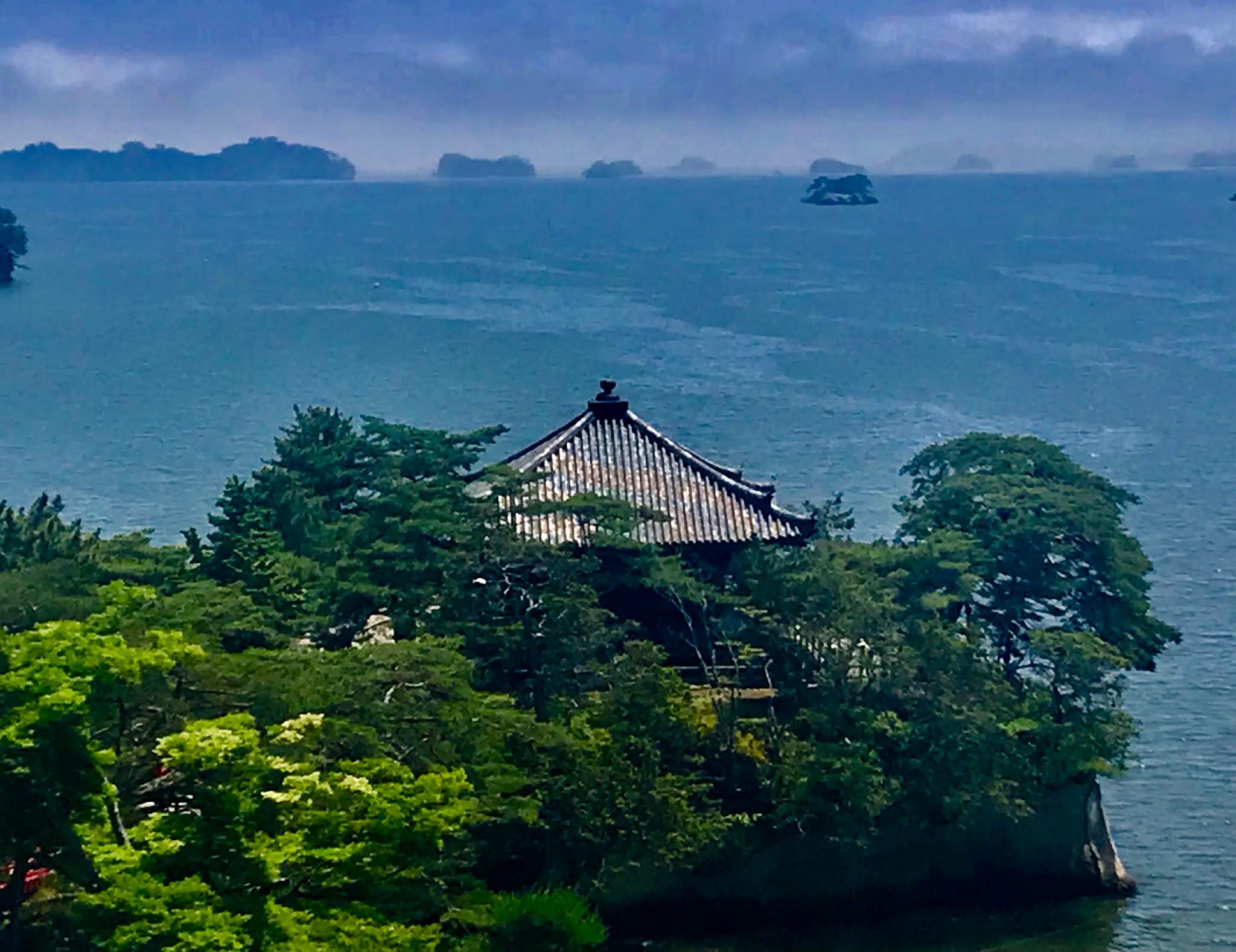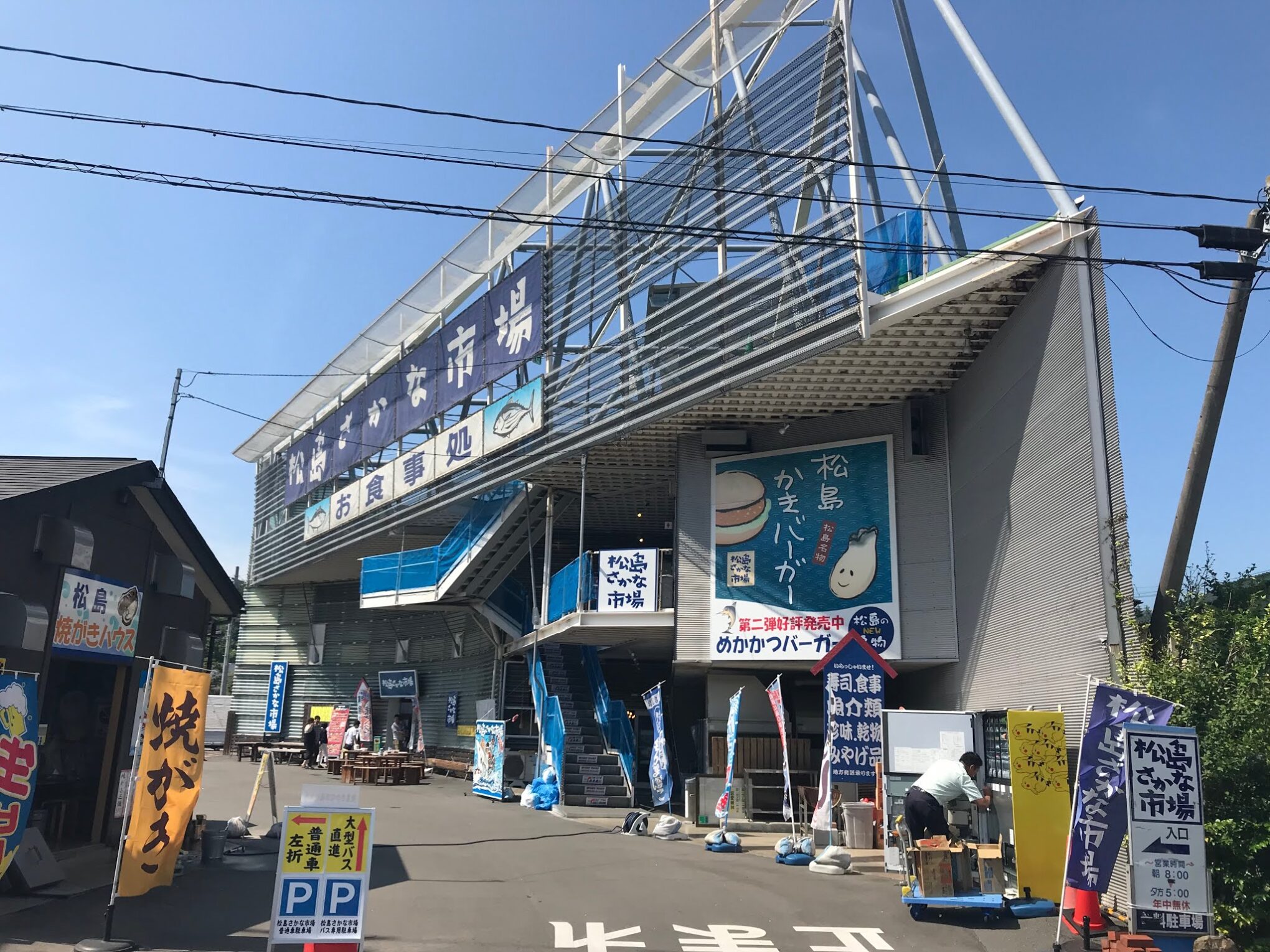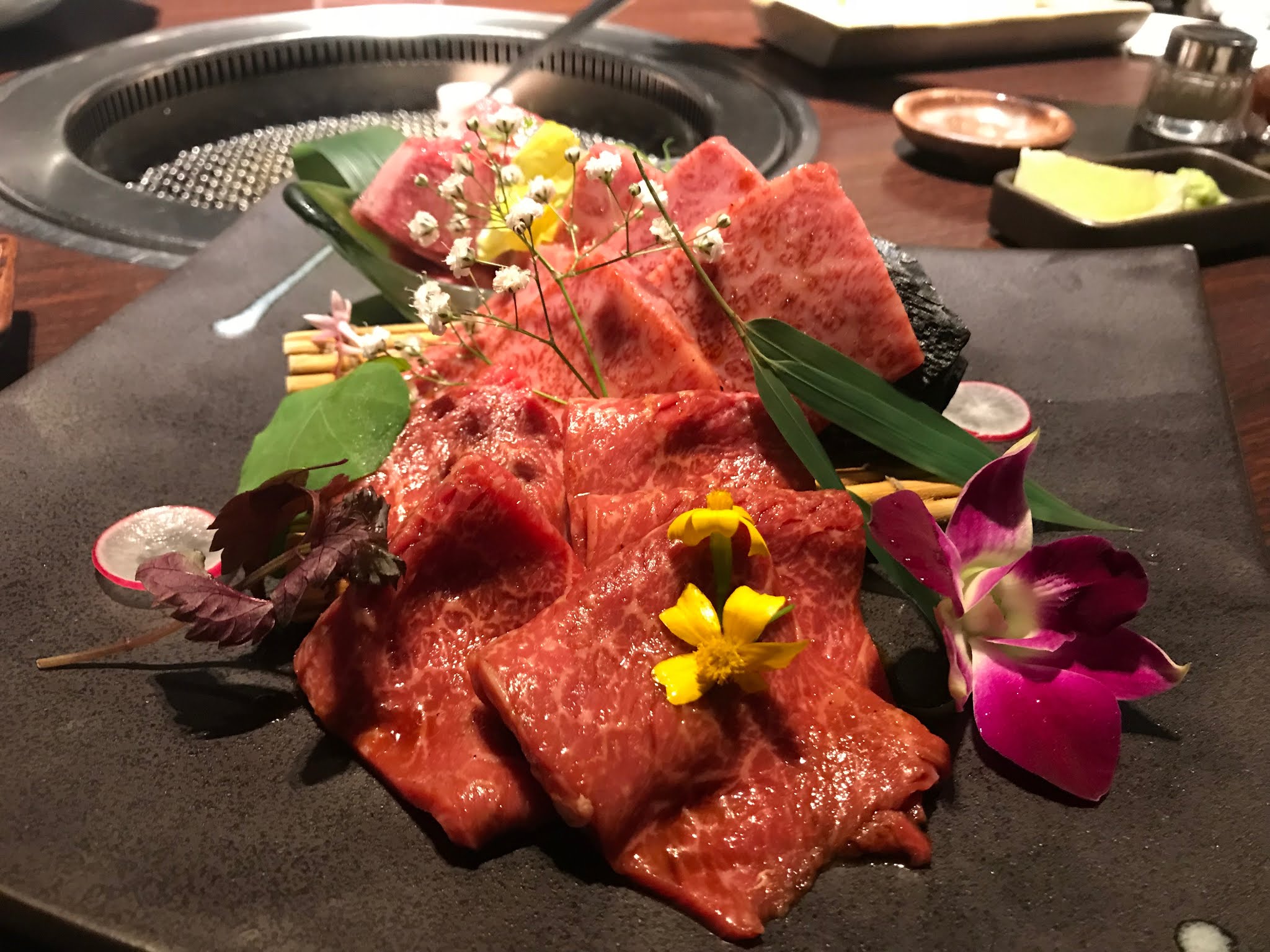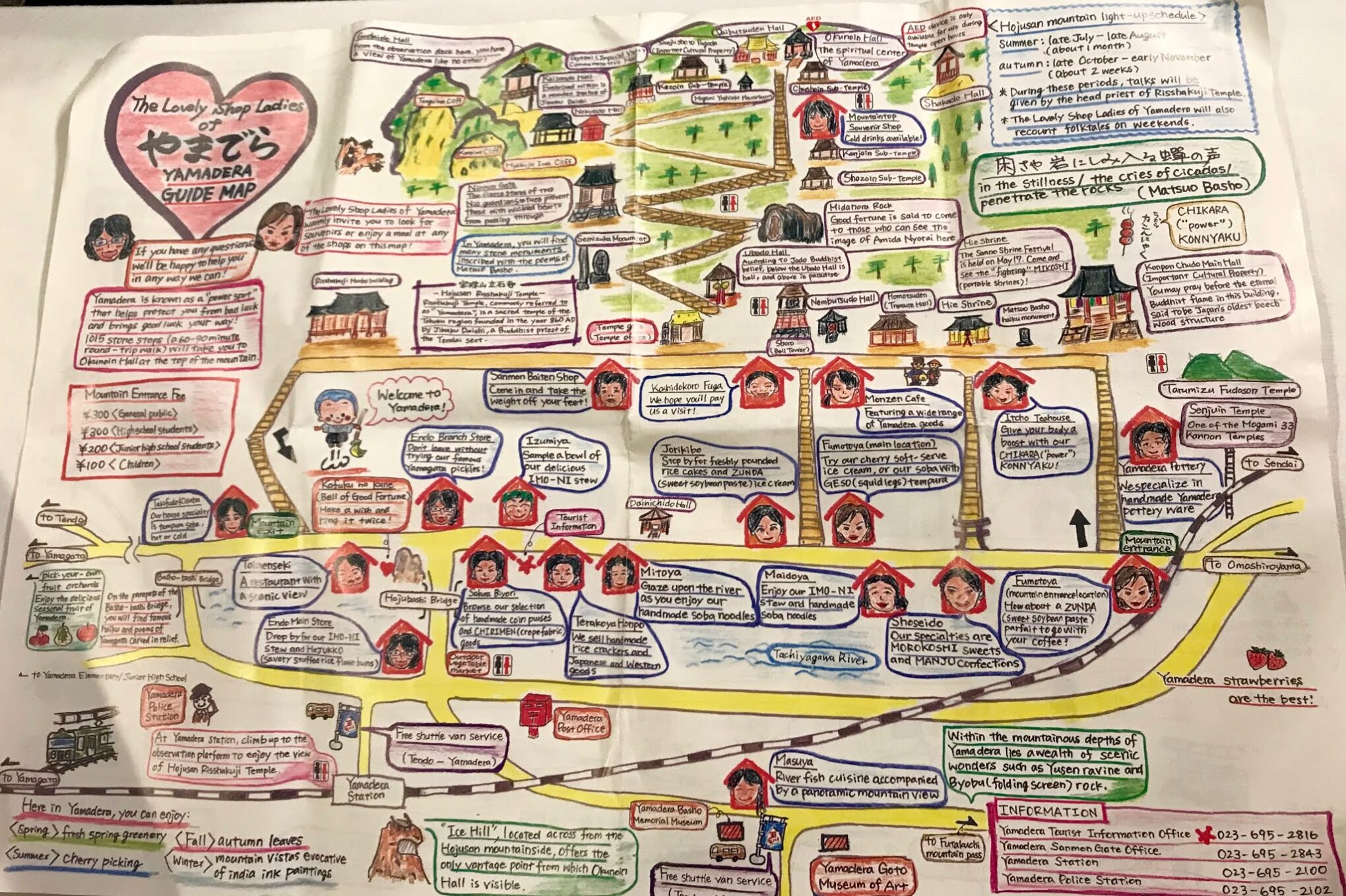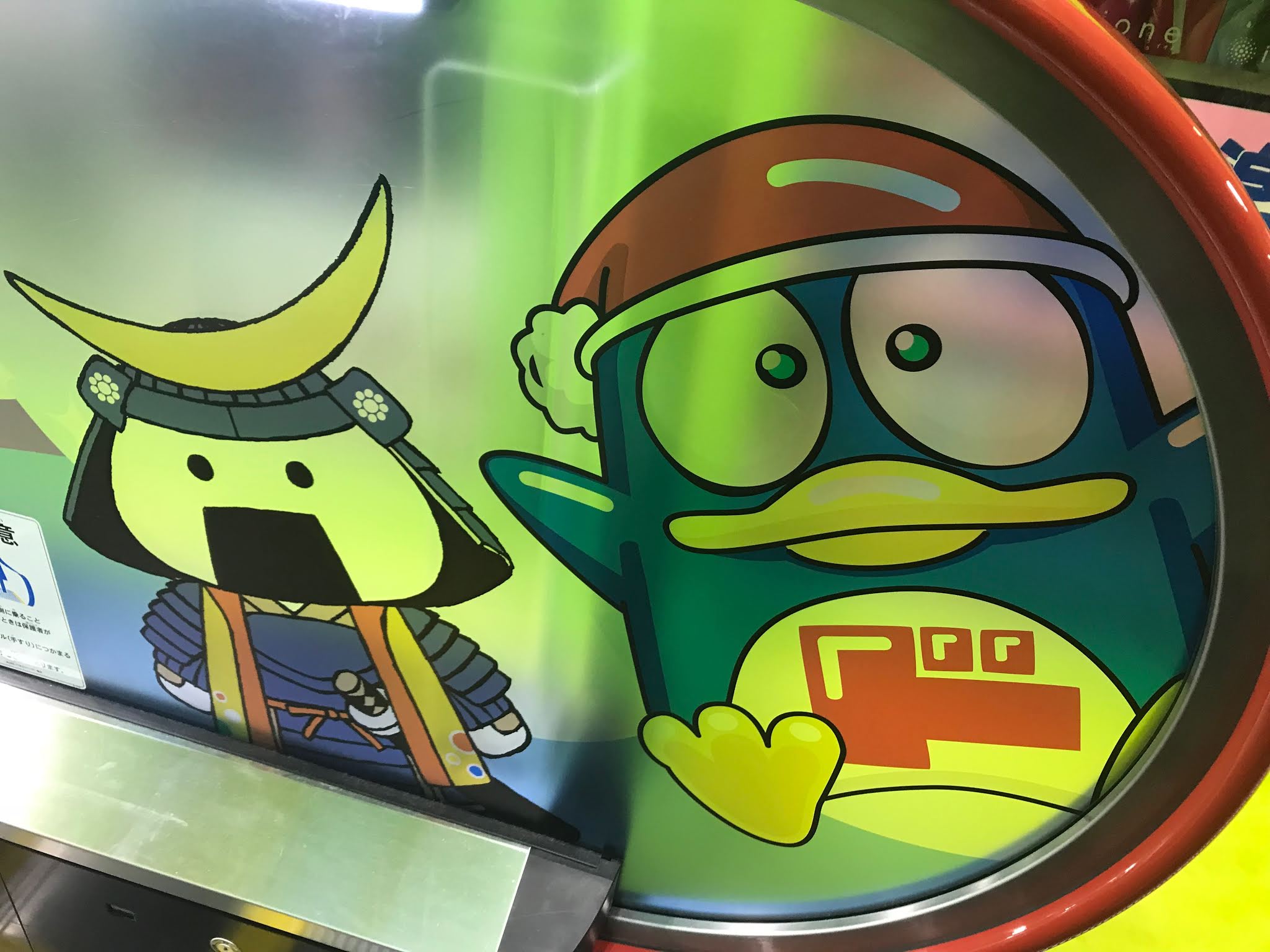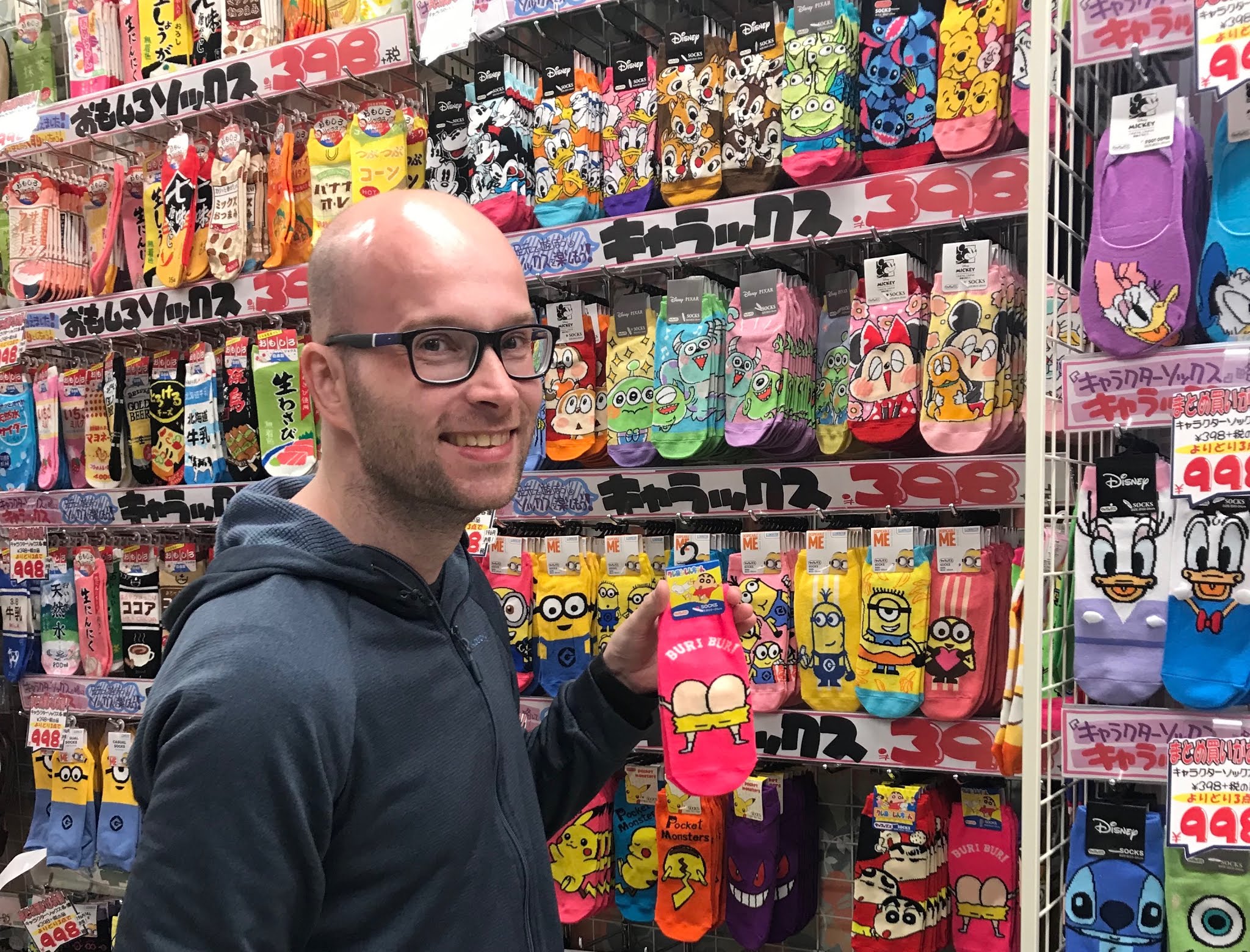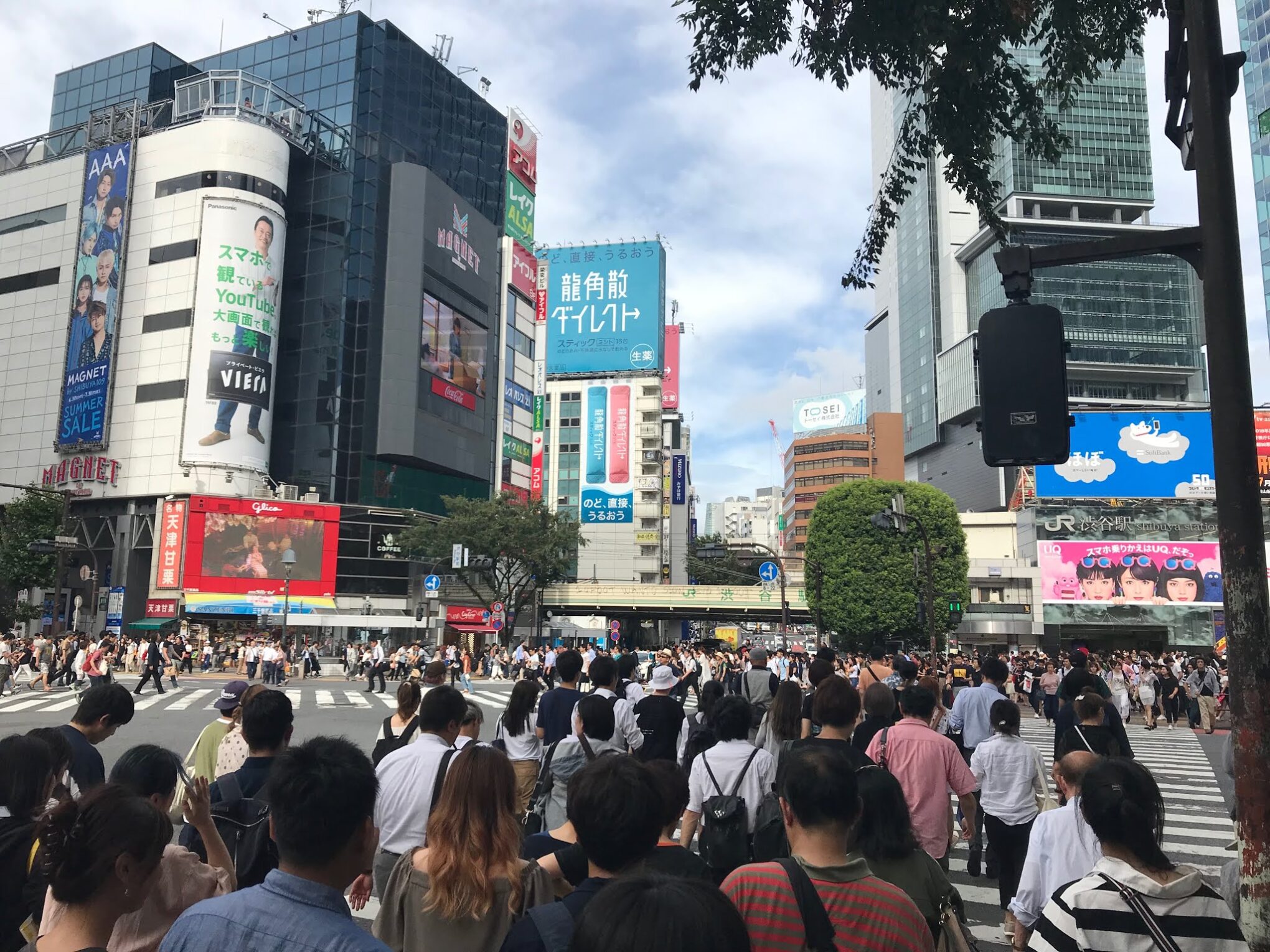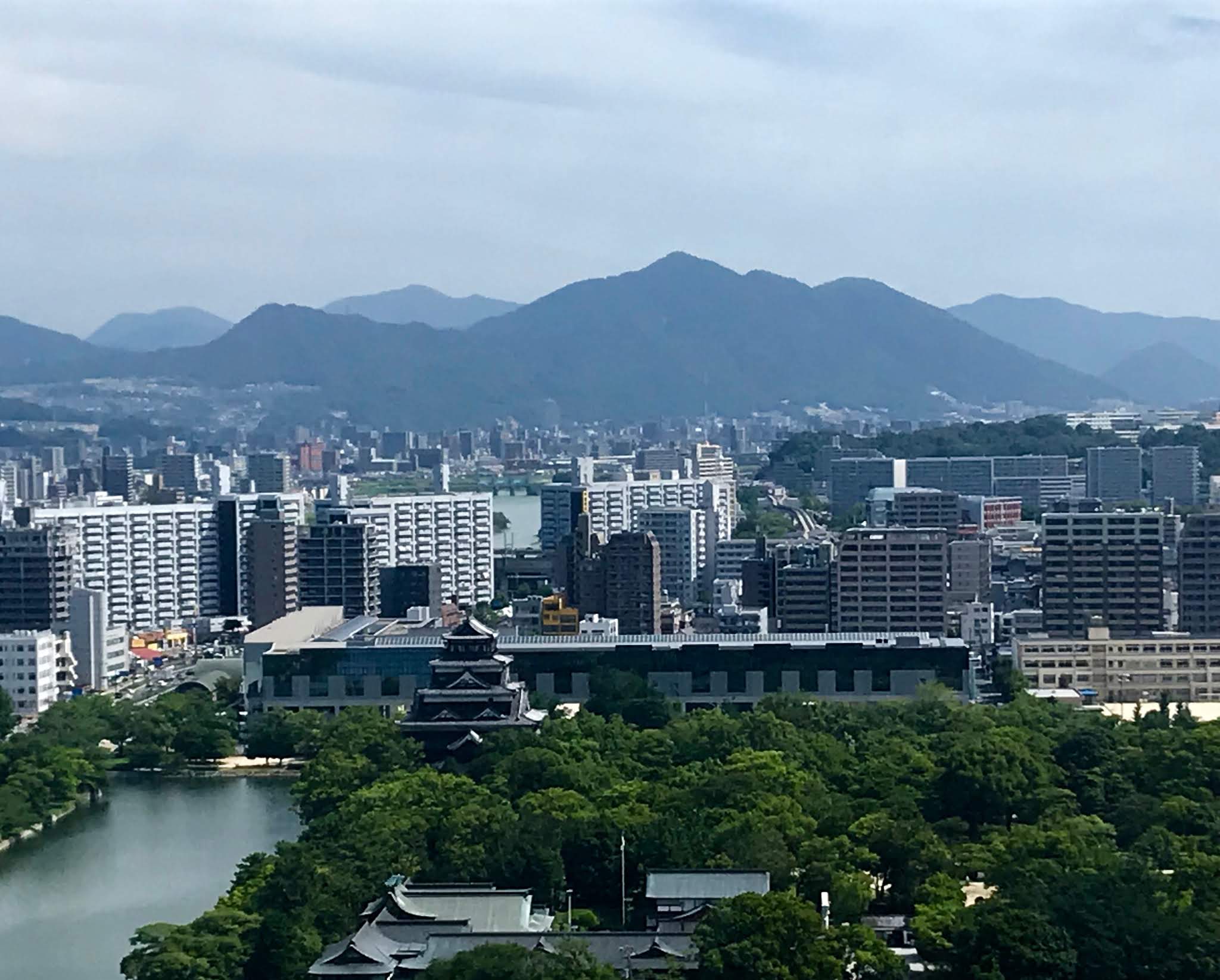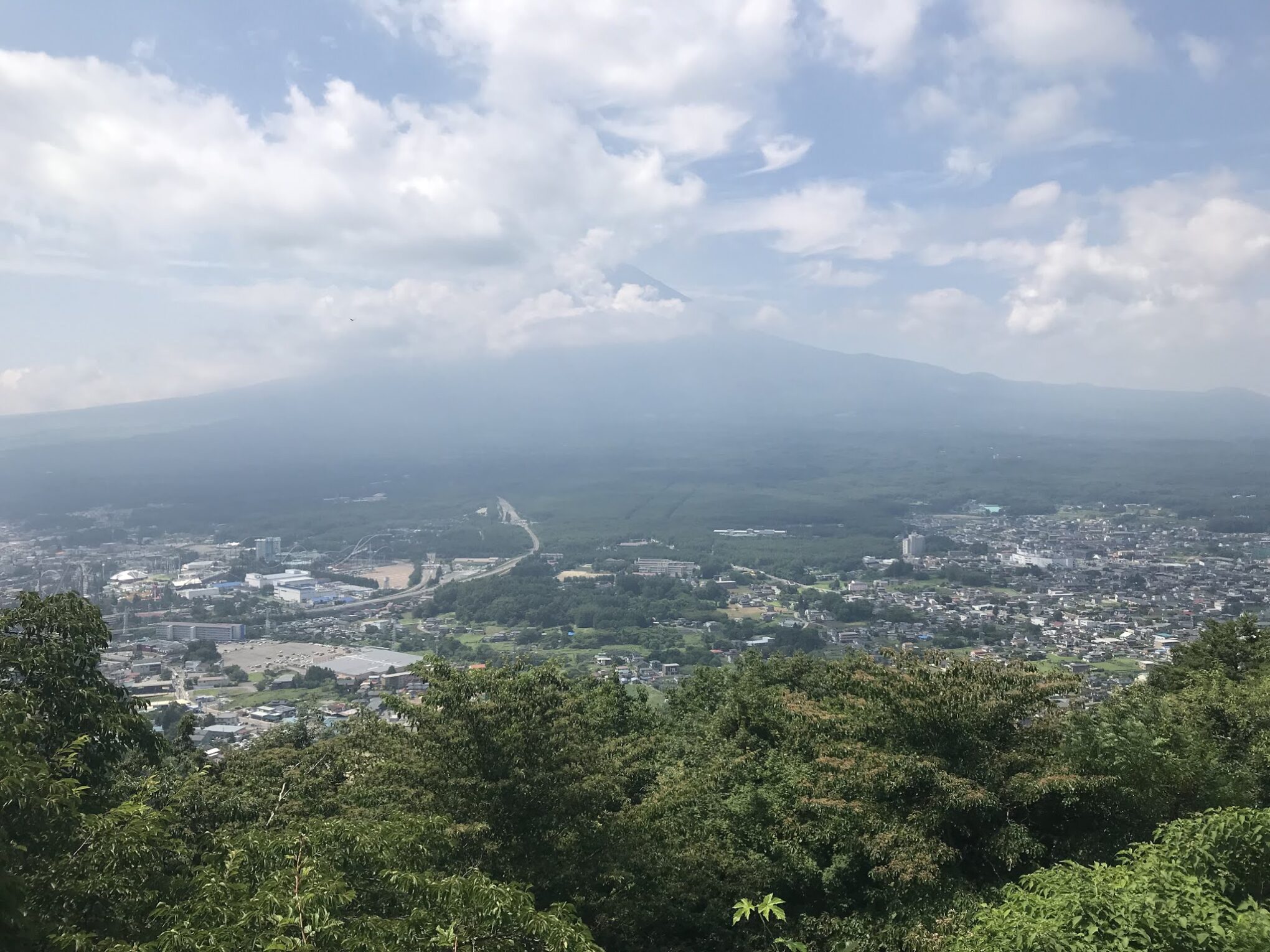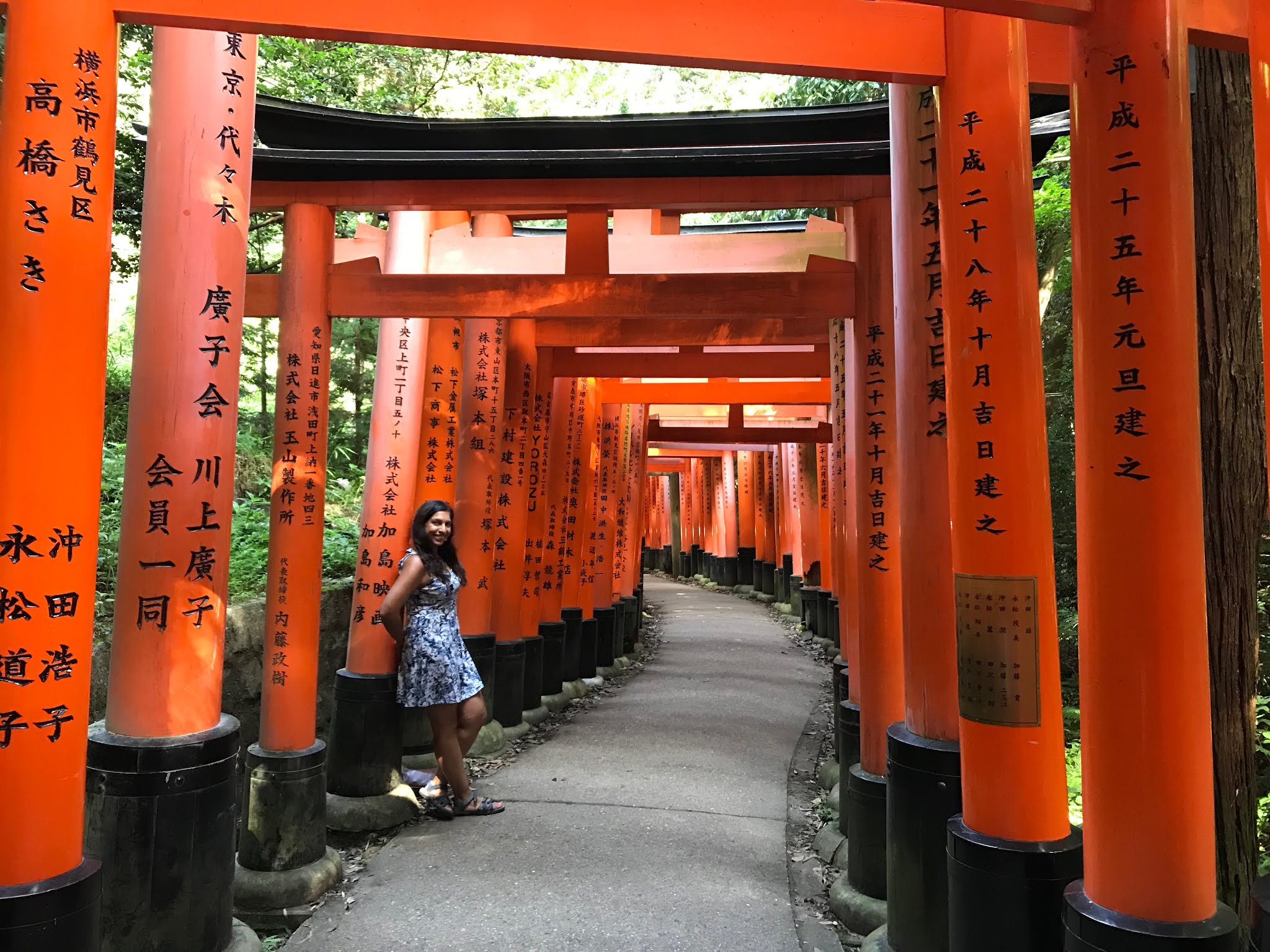An Unexpected Adventure to Sendai
We had planned on heading to Takayama, but due to the typhoon, no trains were running anywhere west of Tokyo. Therefore, we made a game time decision and booked seats on a bullet train to Sendai.
Sendai is located in the Miyagi Prefecture in the Tohoku region and is the largest city in the area, with a population of about a million. It was established by the feudal lord Date Masumune in the 17th century. It was the closest major city to the epicenter of the 2011 earthquake, where the tsunami devastated the suburbs. These days, Sendai is known as the city of trees given its tree-lined streets and actually, it has an impressive nightlife district, making it a great base for day trips nearby and dinners in town.
We made two day trips — one to Sakumani hot springs, Nikka Distillery and Yamadera Temple and the other to Matsushima.
Sakunami
Sakunami is an area endowed with a rich abundance of nature and hot springs. In 1796, it was opened as an onsen resort area, with a handful of ryokans offering access via a bath house. The area is known for its water quality, suggesting that the water is so gentle to the skin.
Onsen water is geothermally heated beneath the ground and rises to the surface bubbling hot. The Japanese require that the onsen water contain at least one of the 19 designated chemical elements that naturally occur in hot spring water and it must be 25C when it comes out of the ground. The water is believed to have a number of healing properties.
We visited Iwamatsu Onsen, which offers both indoor and outdoor baths, and both woman/man only and mixed baths. The outdoor baths are located right on the river, so they are gorgeous. That said, the bottom floor is a mixed bathing area, and given the protocol is that you bathe nude, it takes a bit of getting used to!
Nikka Whiskey
The water quality in the Sakunami area also attracted Masataka Taketsuru, founder of Nikka Whiskey, to the region. He came to the region, dipped a glass of water into the stream, mixed it with whiskey, and when he took a sip, knew this was the region to start the distillery. We took a tour of the distillery to learn more about how the whiskey was made and then got a chance to taste some of it as well.
Yamadera
We then continued our journey to Yamadera. Yamadera means “mountain temple” and is the general term for the temples and shrines scattered along the Yamadera mountainside. The temple grounds extend high up the mountainside, and about 1,015 steps up the mountain, you’ll be rewarded with great views down onto the valley.
The temples were founded in 860 AD by Jikaku Daishi, an important Buddhist priest, in response to an imperial edict issued by Emperor Seiwa, and belongs to the Tendai sect, a Mahayana Buddhist school.
Matsushima
Just up the coast from Sendai is a little town known for oysters, views and temples. Matsushima, or “pine island”, is a bay is dotted by pine clad islets and is known for one of Japan’s three most scenic views. There are 260 islands dotted around the bay, and you can get great views of these pine tree covered islands by a sightseeing cruise, walking around Fukuuraajima Island, a natural botanical garden, visiting Oshima Island, or climbing up the viewpoint on the bay itself.
Matsushima is also home to a number of temples. Zuiganji is one of Tohoku’s most prominent Zen Buddhist temples. The path to the temple is lined with cedar trees and caves which were once used for meditation.
Just next door is Entsuin temple, which contains the mausoleum for Lord Date Masumune’s grandson who died at 19. It’s considered to be auspicious for love and good relations and is worth a visit just for the gorgeous gardens.
Overlooking the sea is Godaido Temple, built on a small inlet connected by a short red bridge from the coast, and is named for the five Buddhas of Wisdom housed within.



